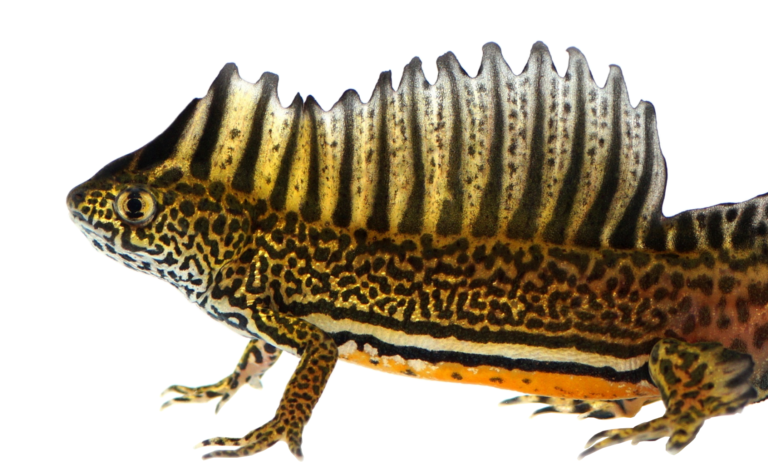
As a consequence of increasing globalization, species can reach places that were previously inaccessible. Invasive species are considered to be one of the main threats to global biodiversity. They can threaten native species with extinction via predation, competition, infection and hybridization.
Objectivesand goals
It is not always obvious if a species is invasive or native. Species can be morphologically cryptic, meaning that invasive species may resemble threatened native ones. Also, historical data on species distribution are lacking, meaning it is unknown if species are native or invasive. It is crucial to get clarity on these matters before proper conservation action can be taken. Genetic data can provide a solution.
Methods, tasksand approach
You will collect samples (buccal swabs) of individual amphibians from dubious populations in the Netherlands. You will extract DNA and conduct PCR amplification of a mitochondrial DNA fragment. You will analyze Sanger sequence data by comparing to a mtDNA database from the natural range. This allows you to determine: 1) to what species individuals belong and 2) where from the native range they derive. Any newly identified mtDNA haplotypes will be allocated to species with phylogenetic methods.
Studentrequirements
Successfully completed the Evolutionary Biology 2 course (or equivalent).
Currently only BSc students studying Biology at Leiden University can apply for this project.